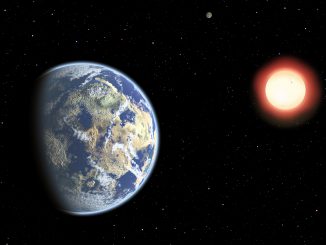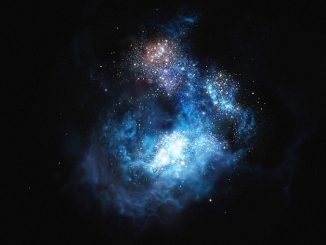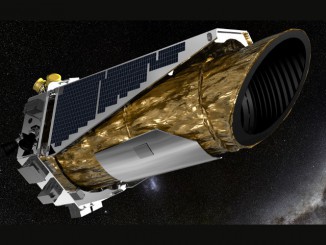When it comes to cosmic collisions, it’s hard to beat the Pandora Cluster (Abell 2744), where multiple galaxy groups are in the process of merging into a single mega cluster. The core region of Abell 2744 (visible at left in the James Webb Space Telescope image below) was extensively studied by the Hubble Space Telescope, revealing widespread gravitational lensing in which the mass of foreground galaxies magnifies the light of galaxies in the far background. Astronomers using Webb have now stitched together four images to form a panorama of the region revealing more than 50,000 sources of near-infrared light. “When the images of Pandora’s Cluster first came in from Webb, we were honestly a little star struck,” said co-principal investigator Rachel Bezanson of the University of Pittsburgh. “There was so much detail in the foreground cluster and so many distant lensed galaxies, I found myself getting lost in the image. Webb exceeded our expectations.”




